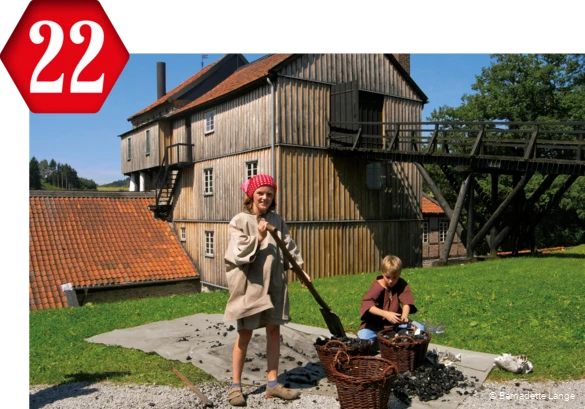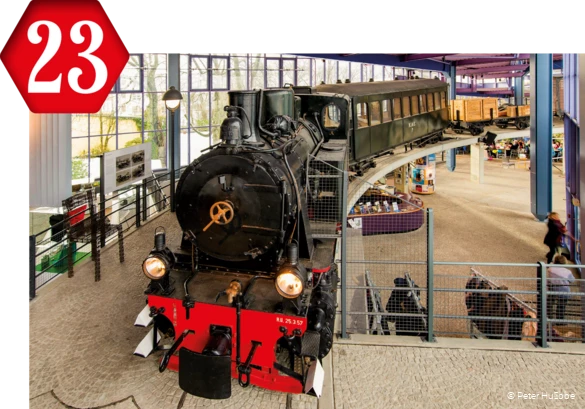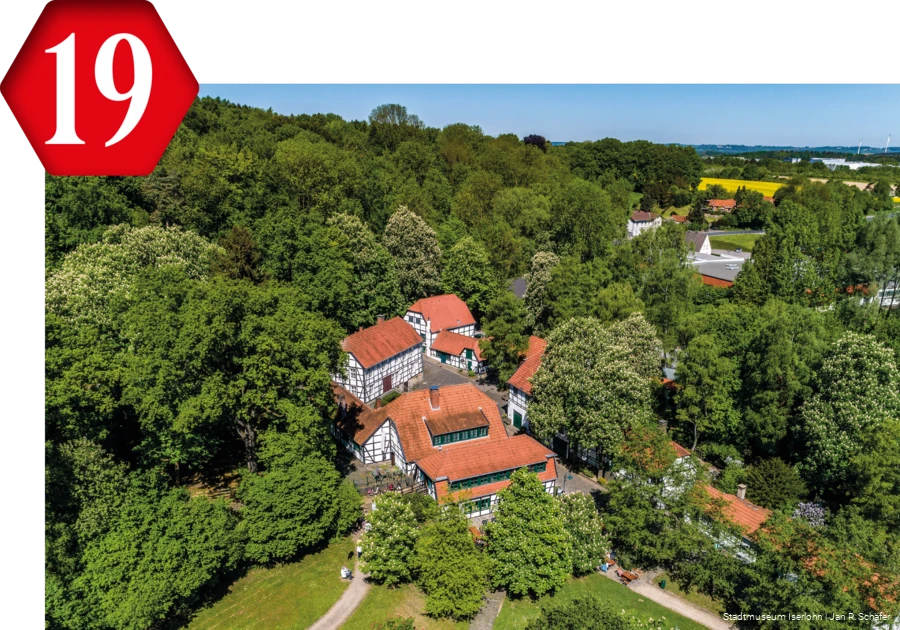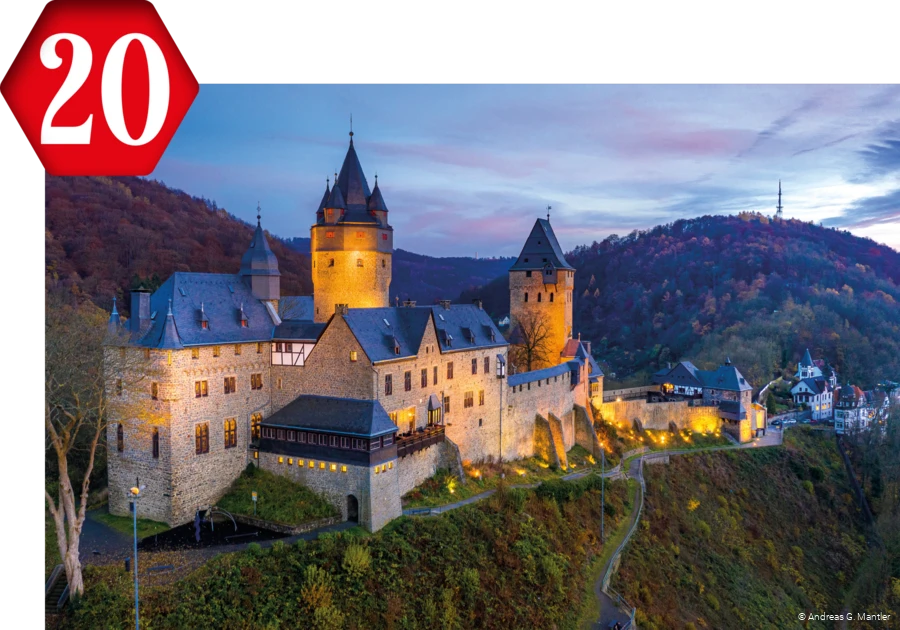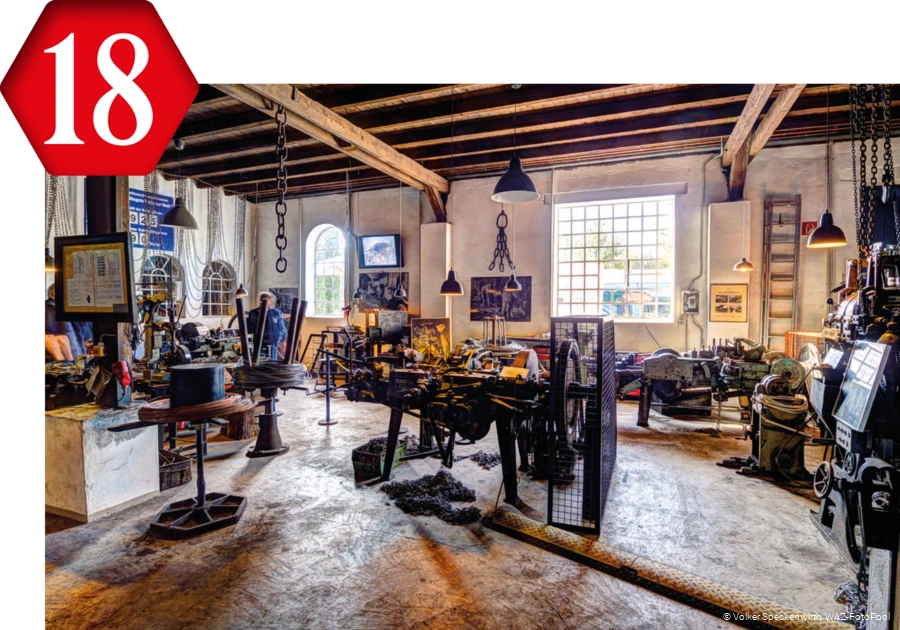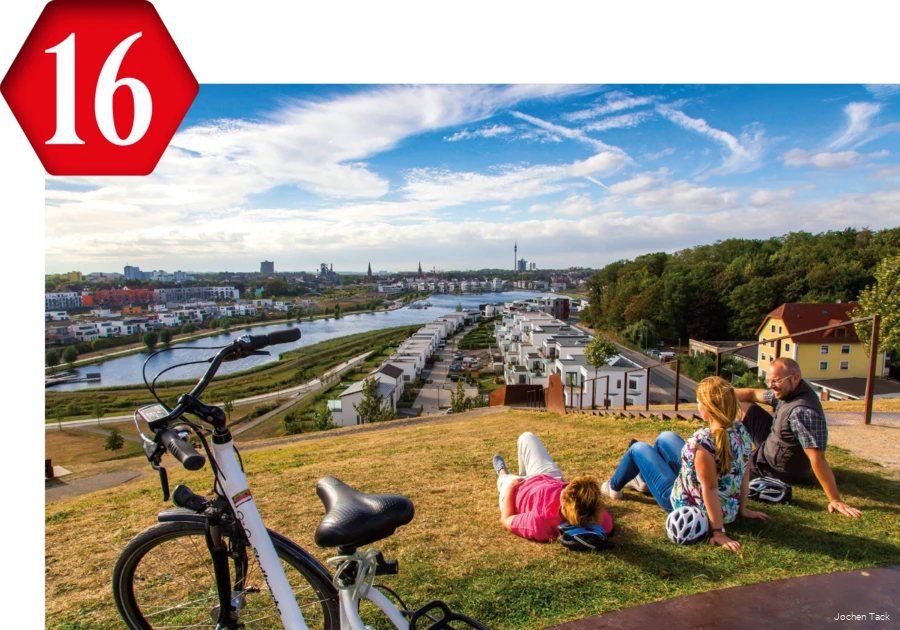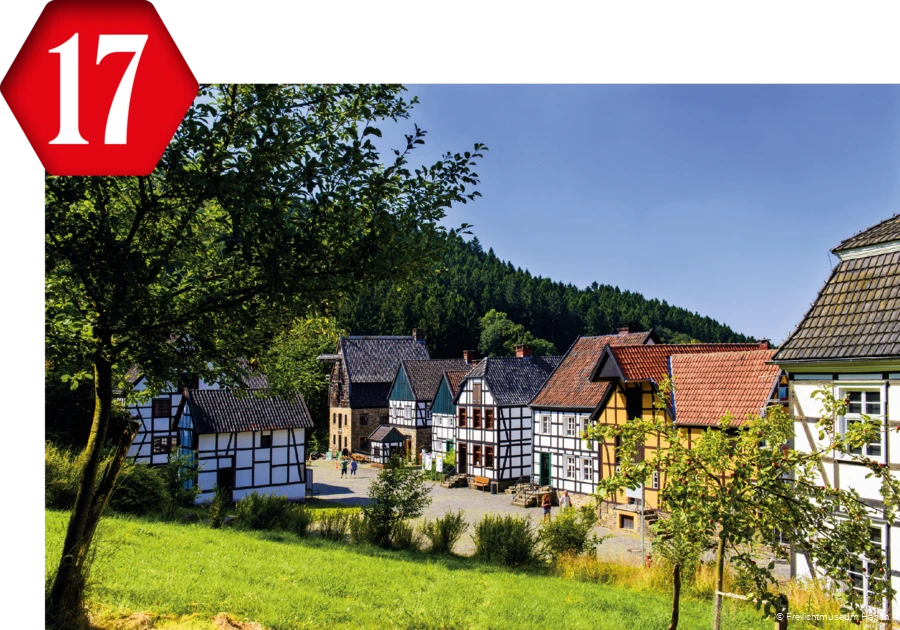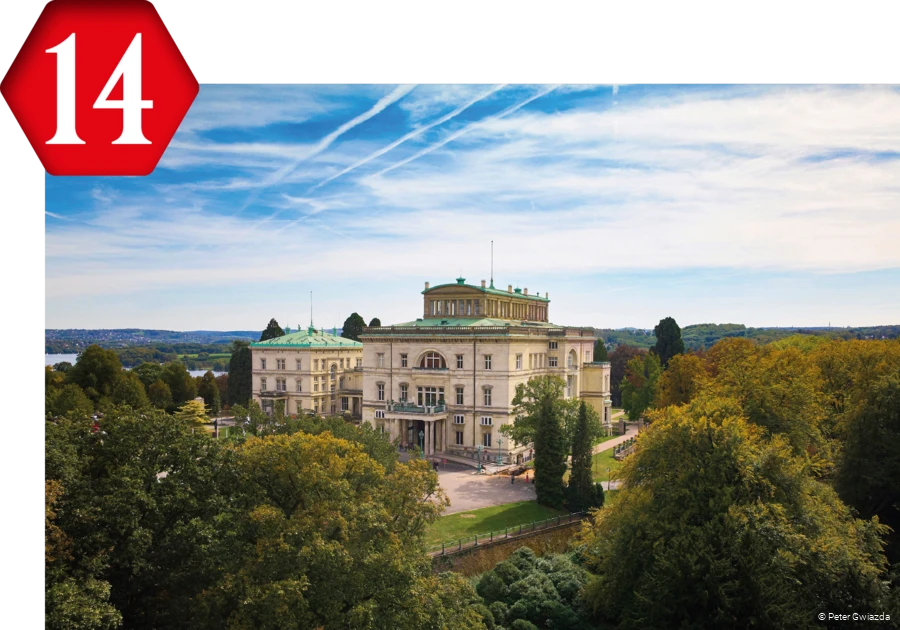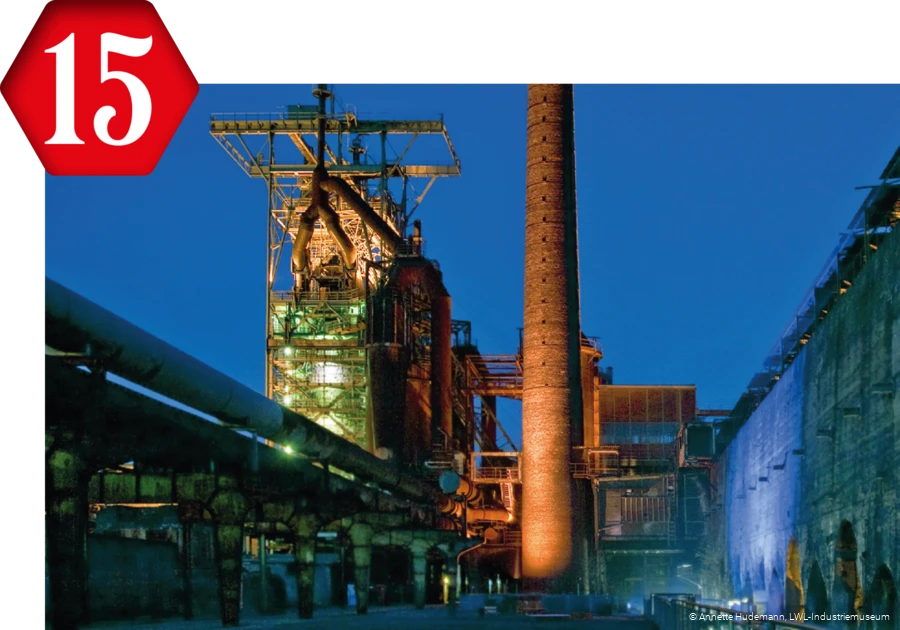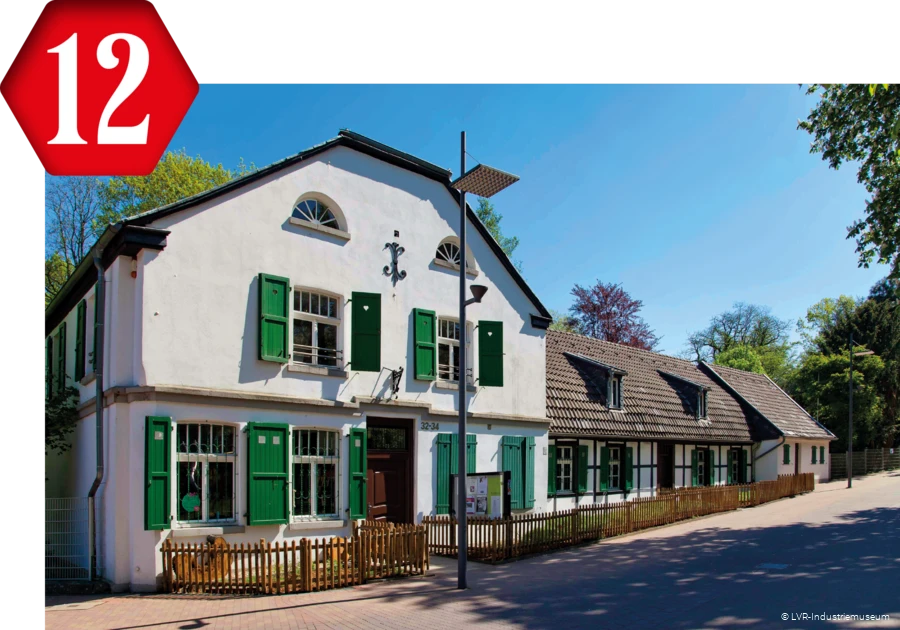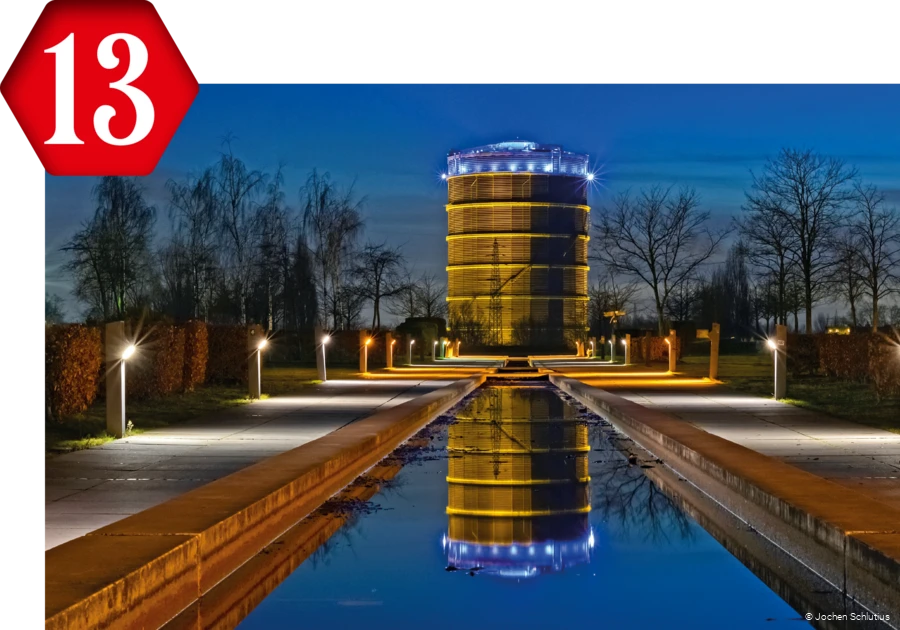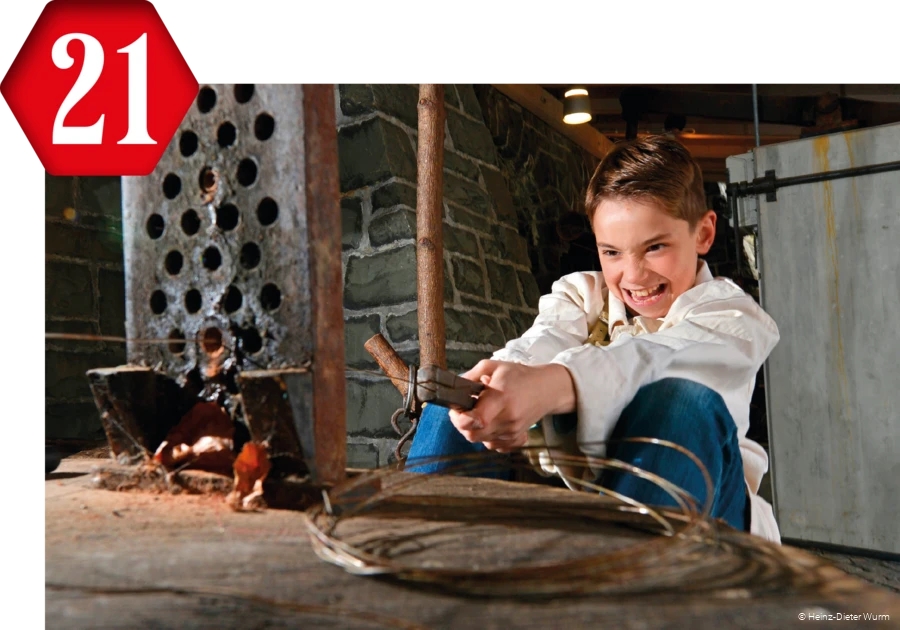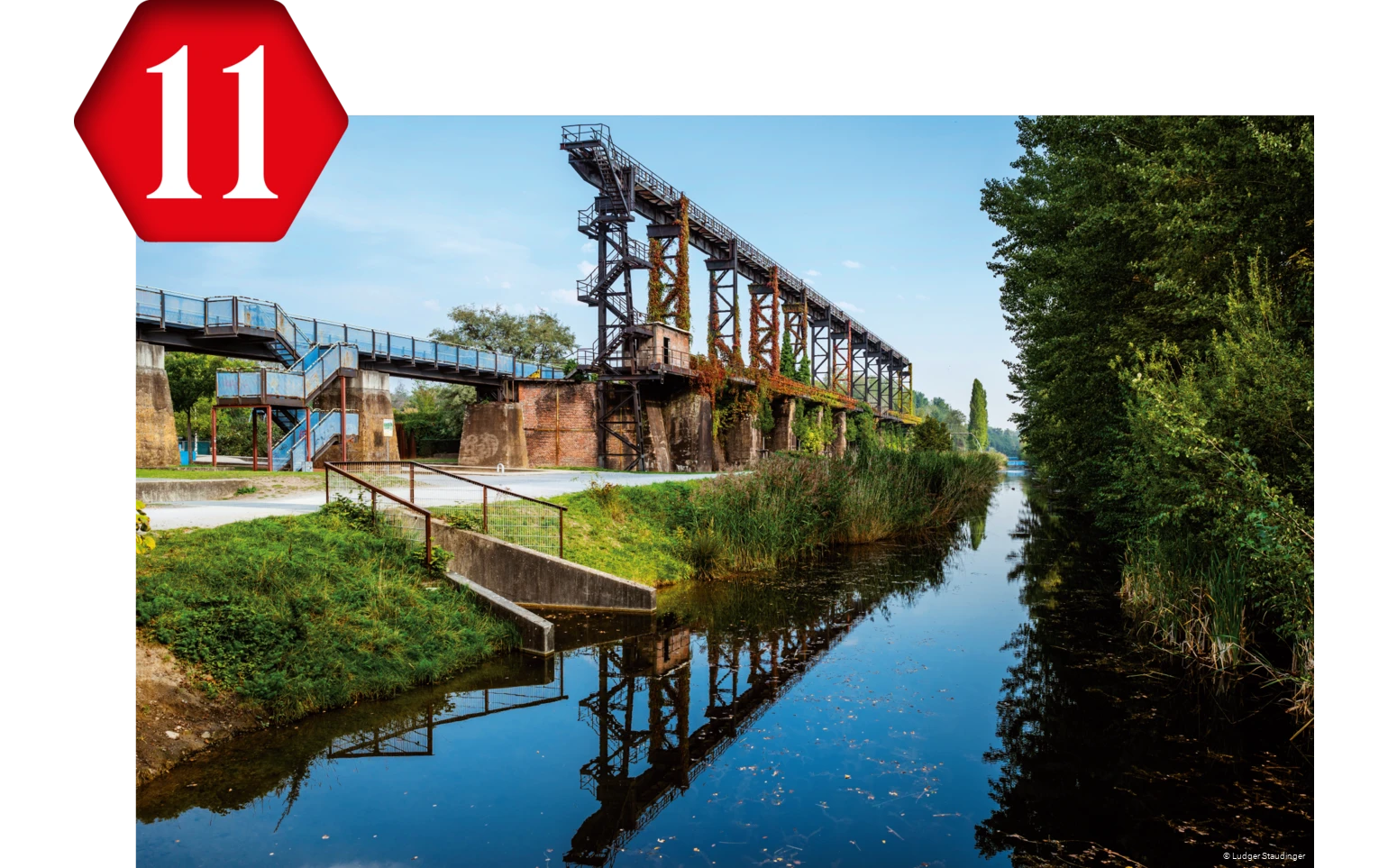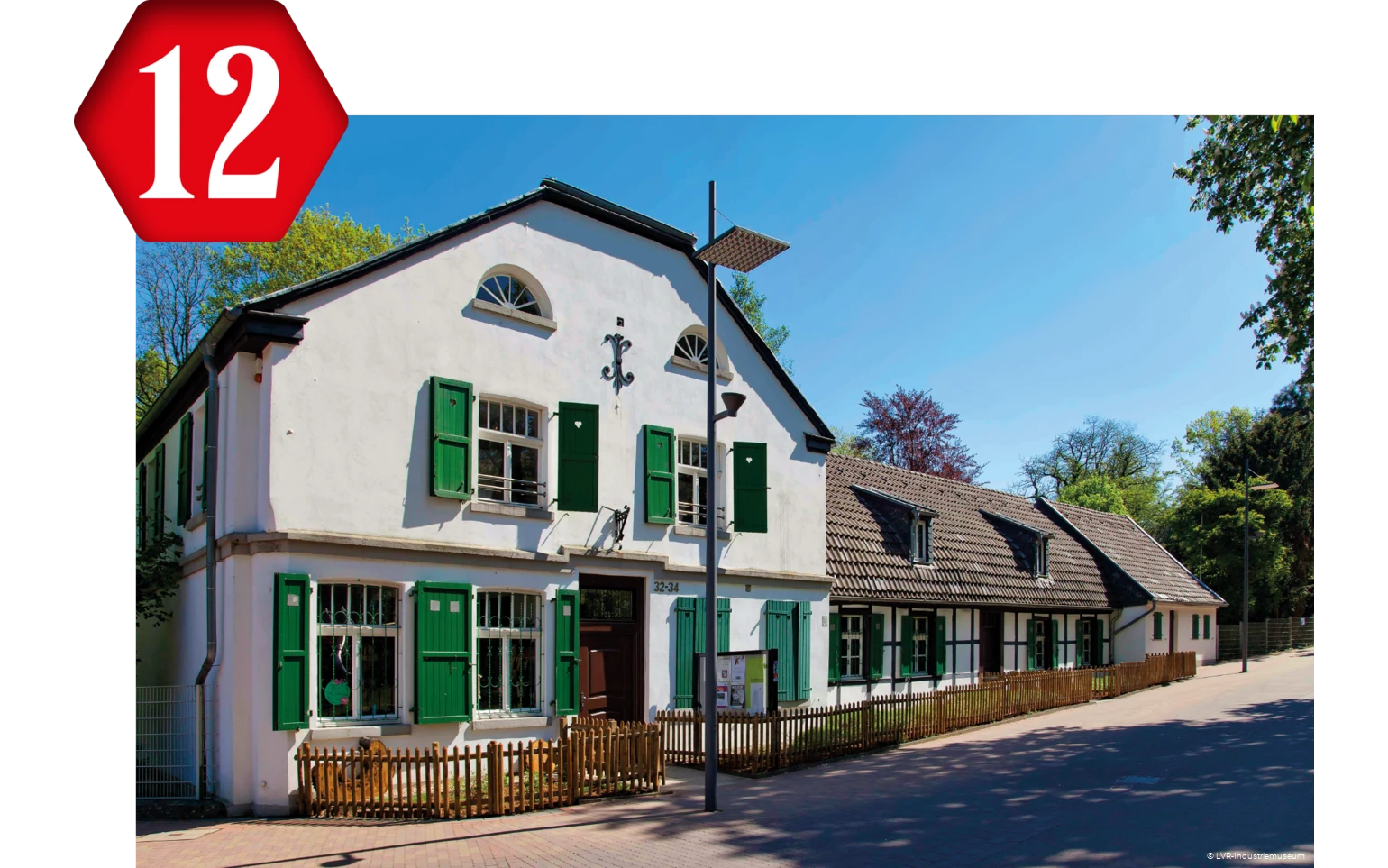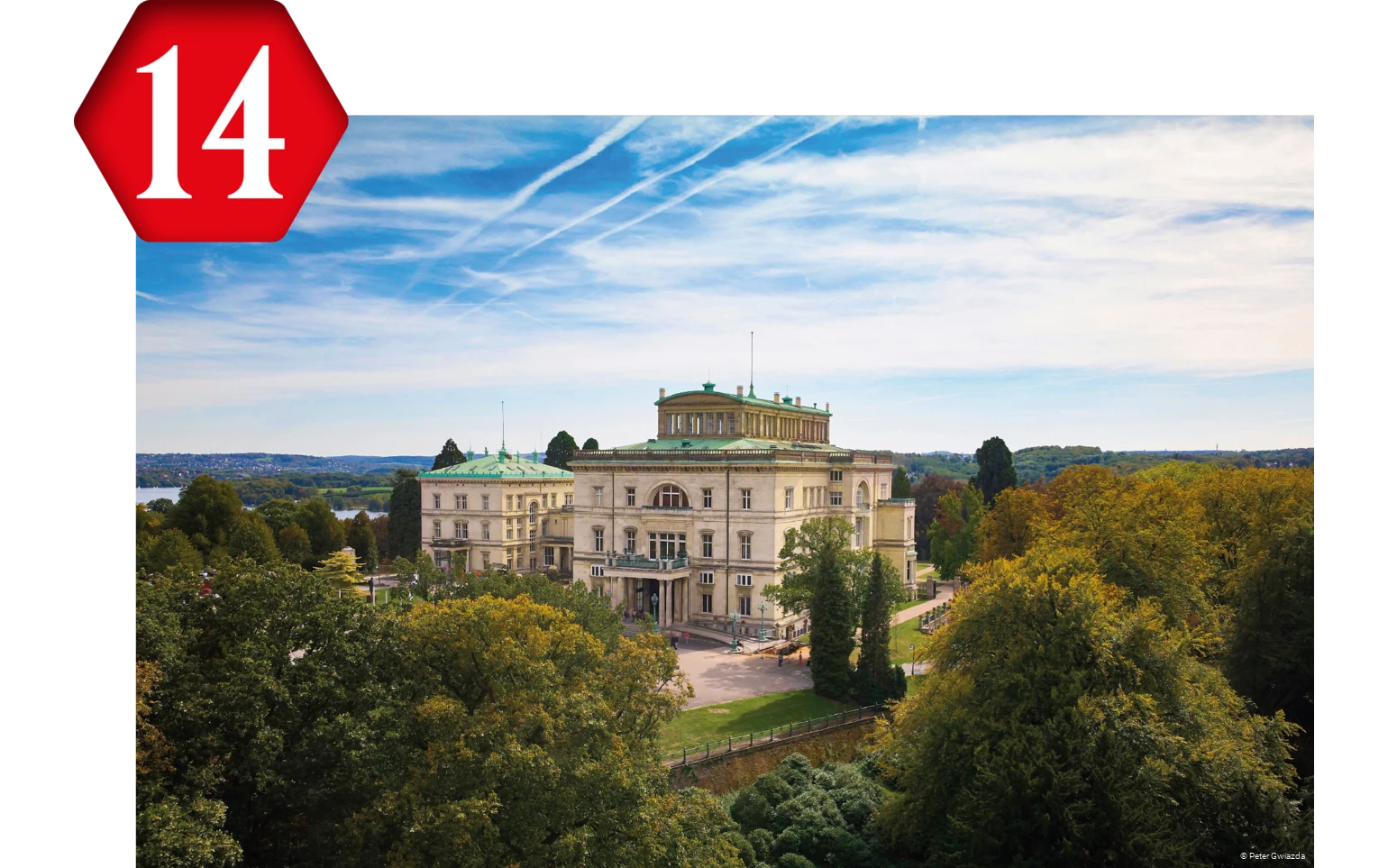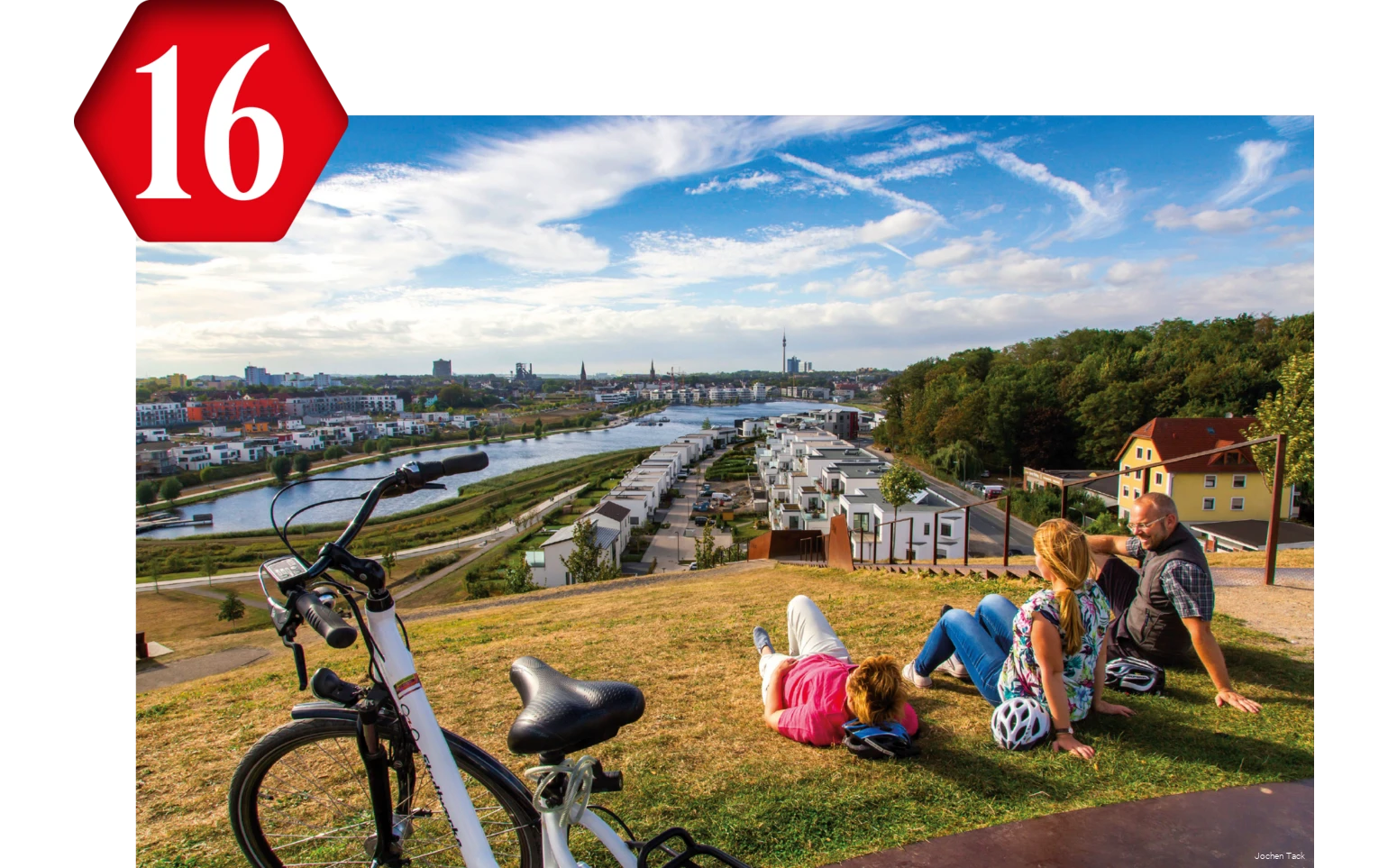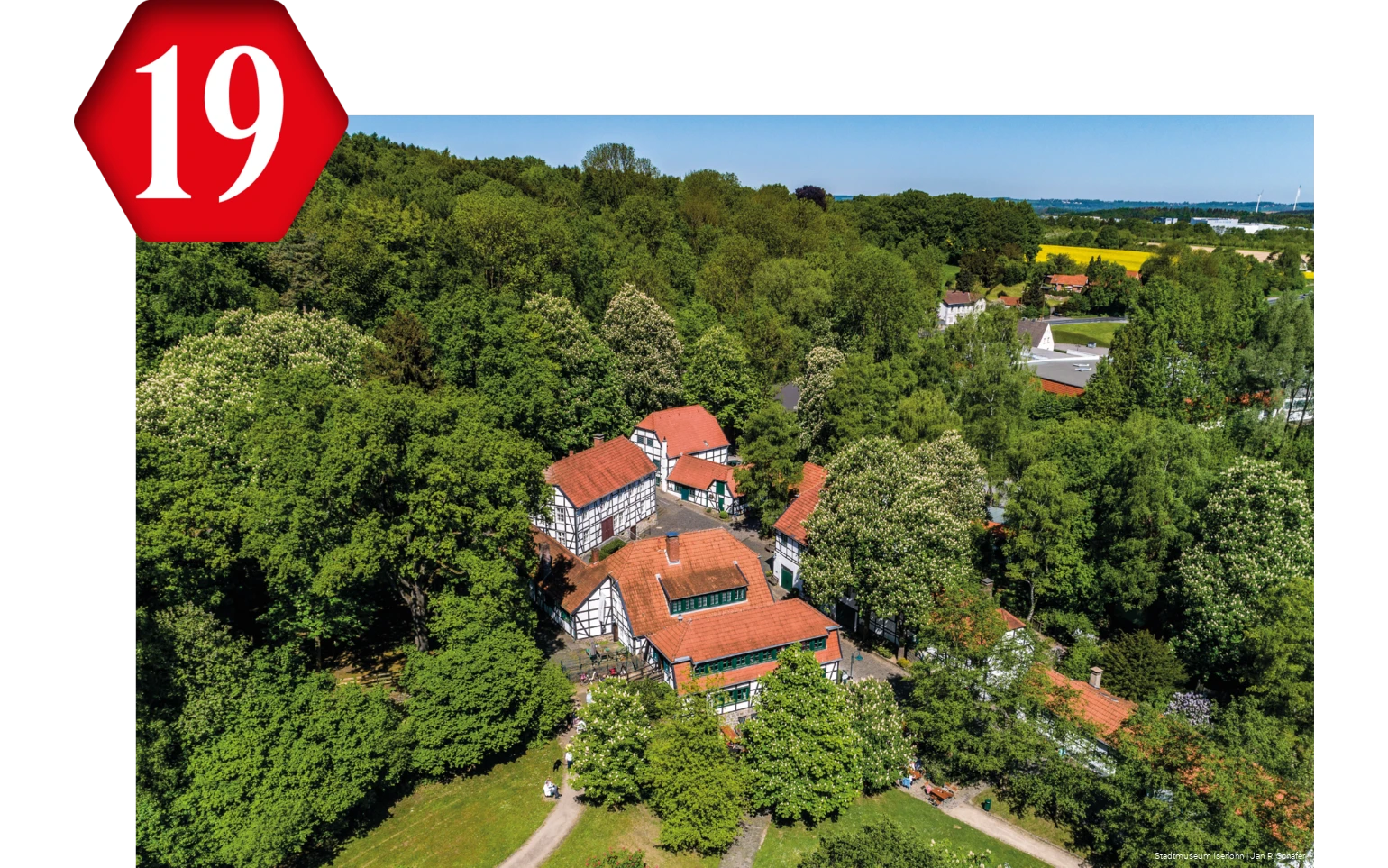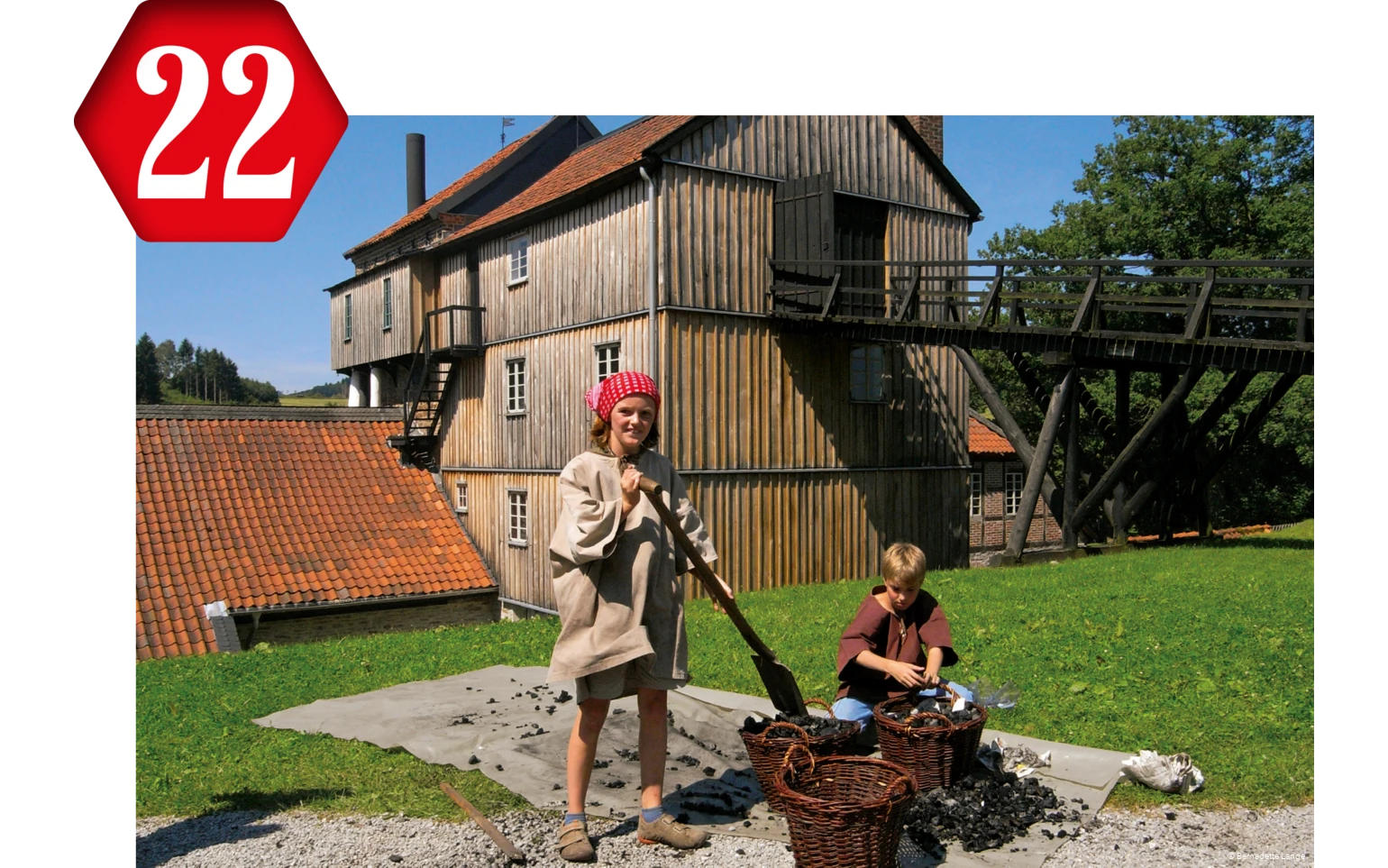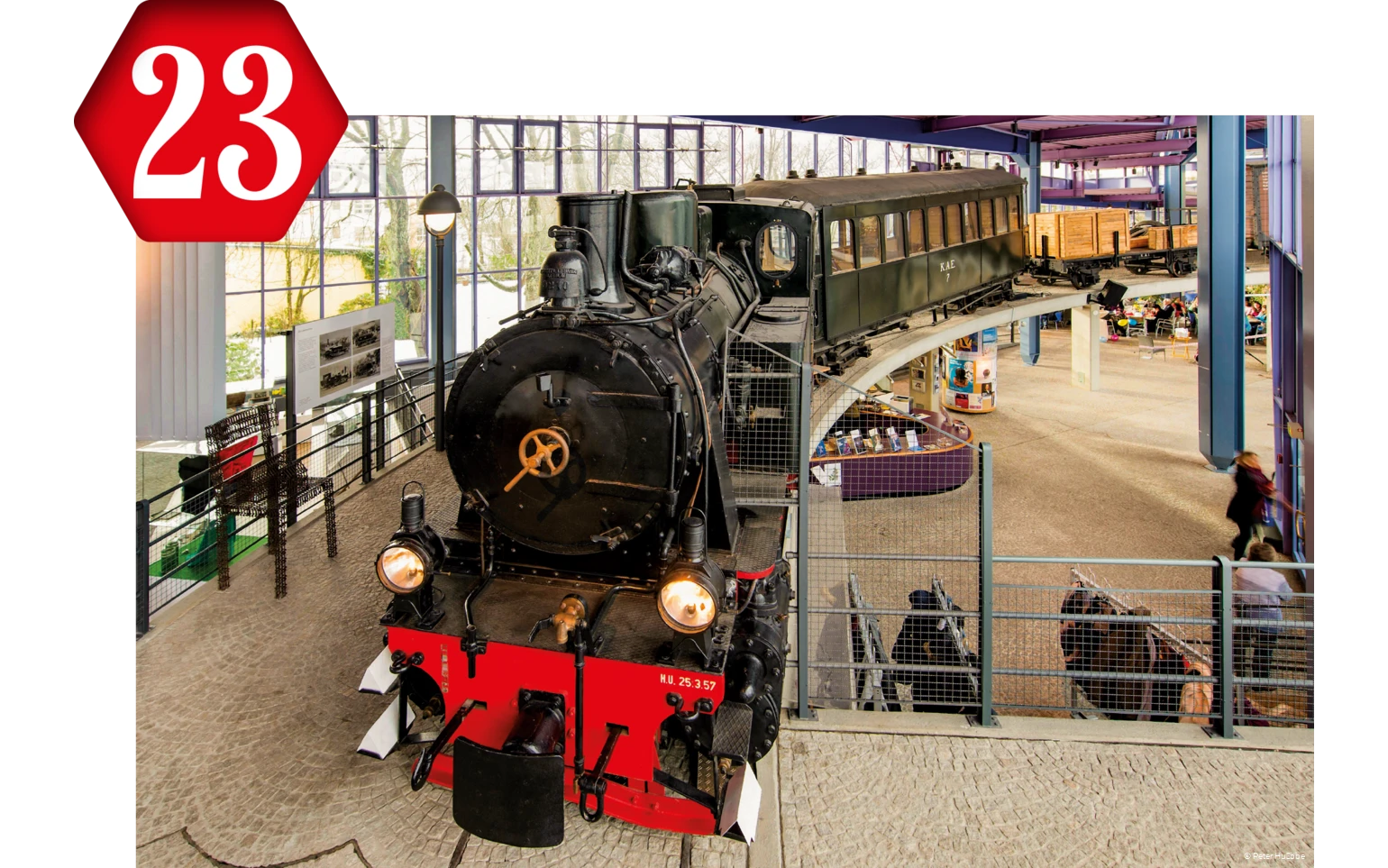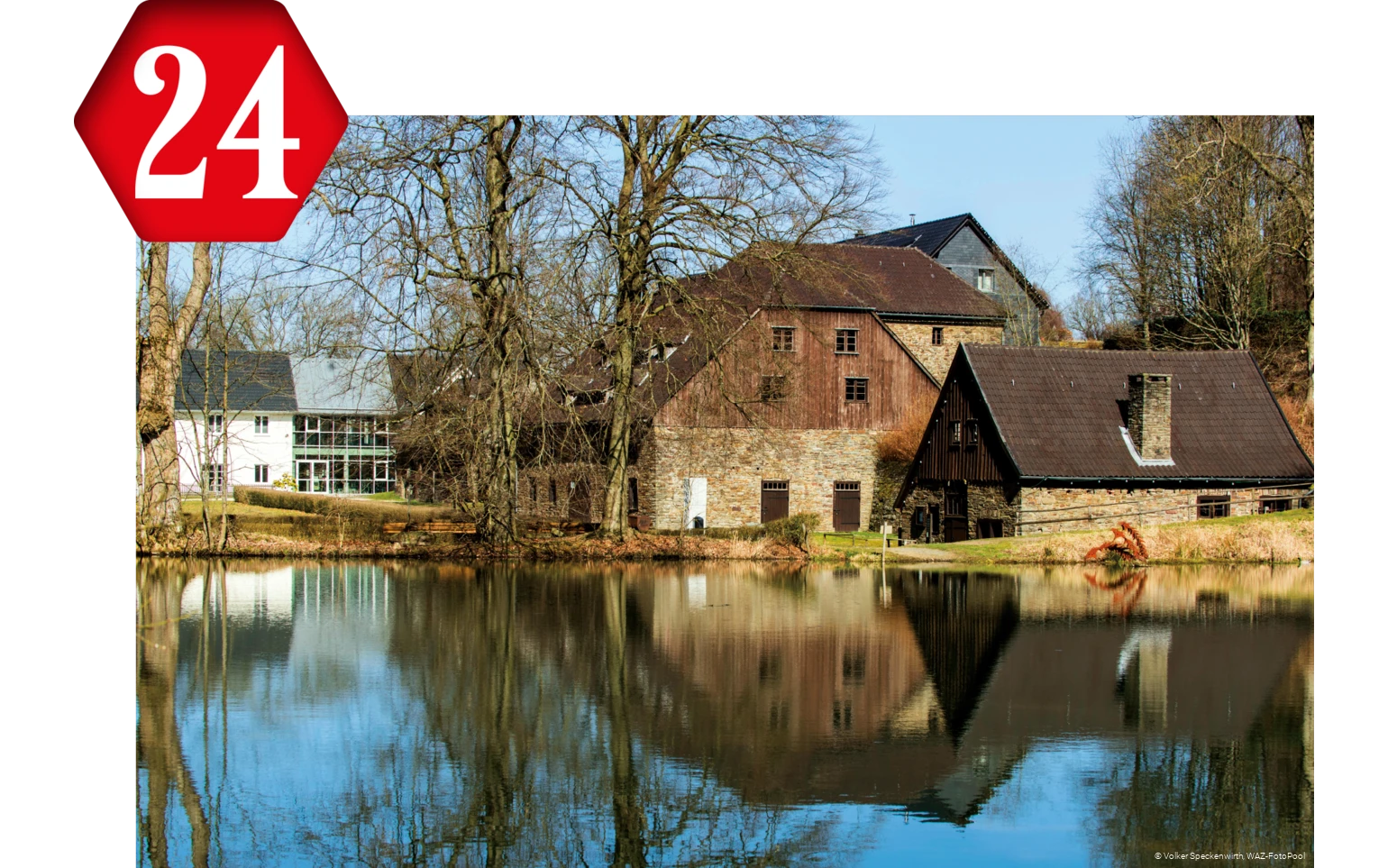For centuries, the natural triad of ore deposits, forests for the extraction of charcoal and water power establish the Siegerland and Sauerland regions as pacesetters of the iron and steel industry. From the mid 19th century, however, the balance is shifted. Coke, extracted from the Ruhr area's vast rich coal deposits, replaces charcoal as a fuel in blast furnaces. In the District, this is achieved for the first time in 1848/49 at the Friedrich Wilhelms ironworks in Mülheim. Technological innovations in pig iron and steel production such as puddle works, Bessemer converters and the Thomas process are also first introduced in the Ruhr. From then on, the booming Ruhr cities are dominated by dynasties of steel tycoons: Thyssen in Duisburg, Haniel and Jacobi in Oberhausen, Krupp in Essen, Hoesch in Dortmund. In the Siegerland and Sauerland regions the blast furnaces are now being converted to coke operation. This was made possible in 1861 by the construction of the Hagen-Siegen railway line, which brought Ruhr coal to southern Westphalia at low cost. In turn, the smelting works in the Ruhr area gain access to the high-quality spathic iron ore from the Siegerland region. Today ThyssenKrupp Steel in Duisburg-Hamborn, Europe's largest iron and steelworks, is one of the last remaining steel producing sites in the Ruhr, while other former works have been transformed into beacons of industrial culture. South Westphalia, on the other hand, has been able to assert itself as an industrial region: there, exciting technical monuments are located next door to highly specialised European and world market leaders.
All Iron & Steel travel destinations
On this Google map, you can find all the highlights and other destinations of the Steel Time trip from the Iron & Steel category. So you can navigate and plan easily. Alternatively, you can also download our overview map with all info as a PDF file.
